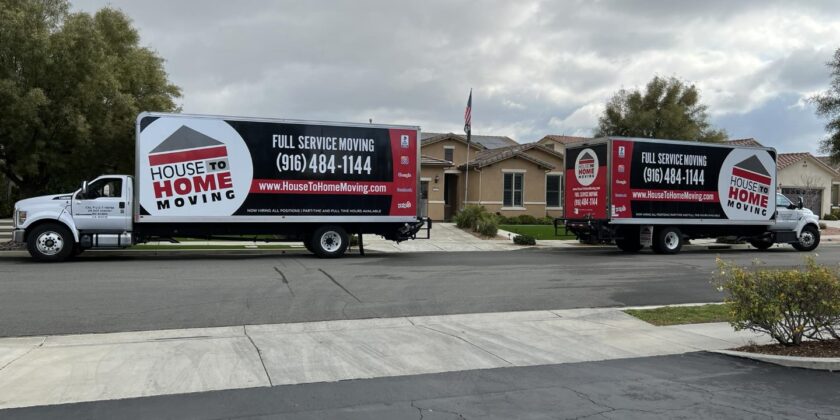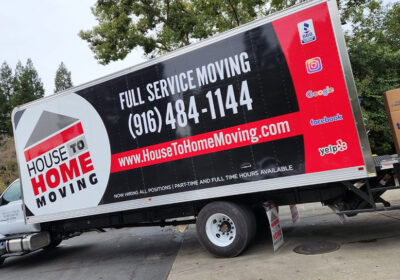Choosing the right moving company
Choosing the right moving company is crucial for a smooth and successful relocation. Here are five compelling reasons to pick a moving company: Experience and Expertise: Established moving companies bring…



